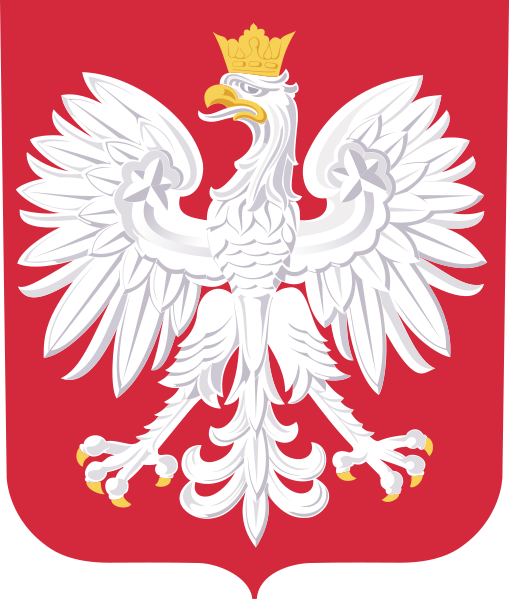Online first
Current issue
Archive
Most cited 2025
About the Journal
Editorial Board
Editorial Office
Copyright and self-archiving policy
Information clause on the processing of personal data
Conflict of interest and informed consent
Declaration of accessibility
Instructions for Authors
Instructions for Reviewers
Contact
Reviewers
2024
2023
2022
2021
2020
2019
2018
2017
2015
2016
2014
2013
Editing and translations
ORIGINAL PAPER
Individual interventions to reduce nighttime light exposure in a representative sample of adults aged 18–64 years in Poland
1
Cardinal Stefan Wyszynski University, Warsaw, Poland
(Faculty of Medicine, Collegium Medicum)
2
Centre of Postgraduate Medical Education, Warsaw, Poland
(Department of Population Health, School of Public Health)
3
Medical University of Warsaw, Warsaw, Poland
(Department of Prevention of Environmental Hazards, Allergology and Immunology, Faculty of Health Sciences)
Online publication date: 2025-10-22
Corresponding author
Mateusz Jankowski
Centre of Postgraduate Medical Education, Department of Population Health, School of Public Health, Kleczewska 61/63, 01-826 Warsaw, Poland
Centre of Postgraduate Medical Education, Department of Population Health, School of Public Health, Kleczewska 61/63, 01-826 Warsaw, Poland
Int J Occup Med Environ Health. 2025;38(5):559-71
HIGHLIGHTS
- Personal interventions to reduce exposure to nighttime light pollution were analyzed.
- The use of blackout curtains in the bedroom was the most common intervention.
- Overall 65.0% of adults aged 18–64 years had implemented ≥1 intervention.
KEYWORDS
TOPICS
ABSTRACT
Objectives: Exposure to nighttime light pollution has a multidimensional environmental impact and is associated with harmful health effects. This
study aimed to characterize individual interventions to reduce nighttime light exposure among adults in Poland and to identify factors associated
with the implementation of individual interventions to reduce nighttime light exposure. Material and Methods: This is a secondary analysis of data obtained from the nationwide cross-sectional survey conducted in December 2024 in a representative sample of 5006 adults (18–64 years) in
Poland. Respondents were asked about the implementation of 5 different interventions to reduce nighttime light exposure. Results: Among all respondents
(N = 5006), the most common intervention to reduce nighttime light exposure was the use of blackout curtains in the bedroom (41.4% of
respondents), followed by limiting screen time in the evening (17.6% of respondents). Among the respondents, 14.7% declared turning off indicator
lights on electronic devices or using light bulbs with a warmer color. The least common method was using an eye mask (3.9% of respondents). In total,
65% of respondents had implemented ≥1 individual intervention to reduce exposure to nighttime light pollution. Age 18–44 years, having a full-time
or part-time job, good financial situation, having sleep problems, and looking for health-related information were significantly associated (p < 0.05)
with the implementation of ≥1 intervention to reduce exposure to nighttime light pollution. The most important factor associated with the intervention
to reduce exposure to nighttime light pollution was active seeking health information (OR = 2.17, 95% CI: 1.9–2.48, p < 0.001). There was no significant
impact of gender, educational level or place of residence (p > 0.05). Conclusions: This study revealed a gap in the implementation of individual
interventions to reduce exposure to nighttime light pollution among adults in Poland. There is an urgent need to promote the prevention of environmental
hazards like light pollution among adults in Poland. Int J Occup Med Environ Health. 2025;38(5):559–71
Share
RELATED ARTICLE
We process personal data collected when visiting the website. The function of obtaining information about users and their behavior is carried out by voluntarily entered information in forms and saving cookies in end devices. Data, including cookies, are used to provide services, improve the user experience and to analyze the traffic in accordance with the Privacy policy. Data are also collected and processed by Google Analytics tool (more).
You can change cookies settings in your browser. Restricted use of cookies in the browser configuration may affect some functionalities of the website.
You can change cookies settings in your browser. Restricted use of cookies in the browser configuration may affect some functionalities of the website.




